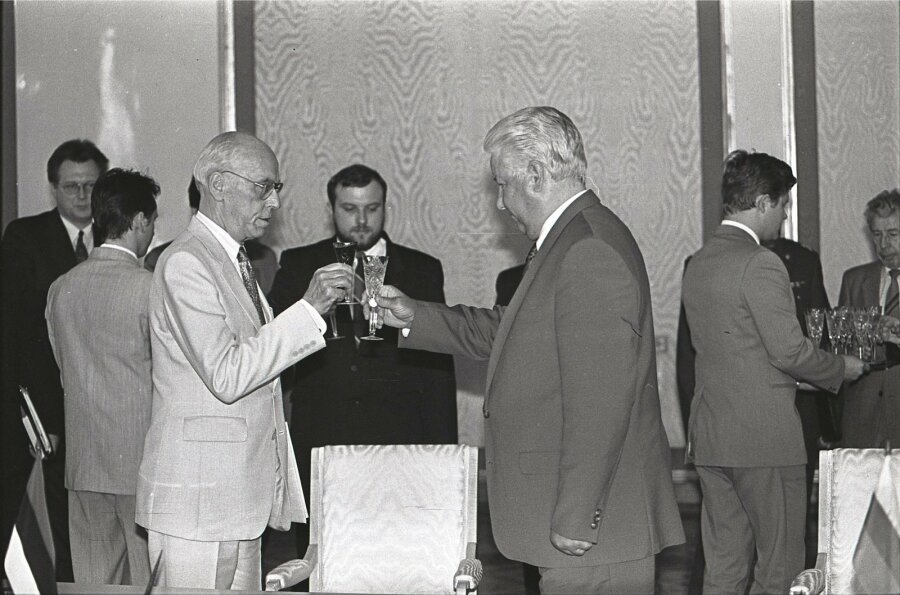In the world of diplomacy, nations have long utilised both soft power and hard power tactics to advance their interests; from cultural influence to military might, these approaches can be critical tools for achieving strategic objectives – but how do they work, and why do some countries need to rely on both? Desiree Mumm, an international relations expert, takes a closer look at the complex relationship between soft power and hard power diplomacy, and explains why Estonia – a small nation with big ambitions – must navigate this balance carefully.
One of the first appearances we know of soft power diplomacy, which is the ability to achieve one’s objectives through attraction and persuasion rather than coercion, was around the sixth century BC in Ancient Greece, where the city-states used cultural exchange and intellectual dialogue to build influence and alliances.
The Greek philosopher Pythagoras travelled widely throughout the Mediterranean, sharing his ideas with other thinkers, and building a network of followers. As Pythagoras lived in the sixth century BC, there are no written records from his time that provide detailed accounts of his travels or interactions with other thinkers. Most of the information we know about him comes from later accounts, such as those by the ancient Greek philosopher and historian, Diogenes Laertius, who wrote in the third century AD.
According to Laertius, Pythagoras was born on the island of Samos in 570 BC and began his travels as a young man, leaving his home to escape the rule of the tyrant Polycrates. He is said to have travelled widely throughout the Mediterranean, visiting Egypt and Babylon, among other places. While the specifics of Pythagoras’ travels and interactions with other thinkers may be difficult to pin down, his influence on the development of philosophy, mathematics, and science in ancient Greece and beyond is widely recognised. His use of cultural exchange and intellectual dialogue to build influence and alliances shows the nature of soft power diplomacy.

Culture is the key
In today’s world, soft power has become a key element of many countries’ foreign policies.
For example, the United States has long used cultural and educational exchanges to promote its values and influence abroad. The Fulbright Program, which was established in 1946, is a notable example of this approach. The programme provides funding for American scholars, artists, and students to study and conduct research in other countries, with the aim of promoting mutual understanding and building relationships between people of different cultures.
Another example of soft power diplomacy is Japan’s use of anime and manga to promote its culture abroad. The popularity of these cultural exports has helped build a positive image of Japan and to increase its influence in other countries.
On the contrary, hard power diplomacy involves the use of military and economic coercion to achieve a country’s objectives in international relations. This approach is often viewed as more immediate and effective but can also be more costly and can lead to long-term negative consequences.
The use of hard power diplomacy dates to ancient times as well. The Persian Empire, which was founded in the sixth century BC, used military force to expand its territory and influence. The Persian army was famously formidable, and the empire’s rulers used the threat of force to secure tribute and loyalty from other countries.
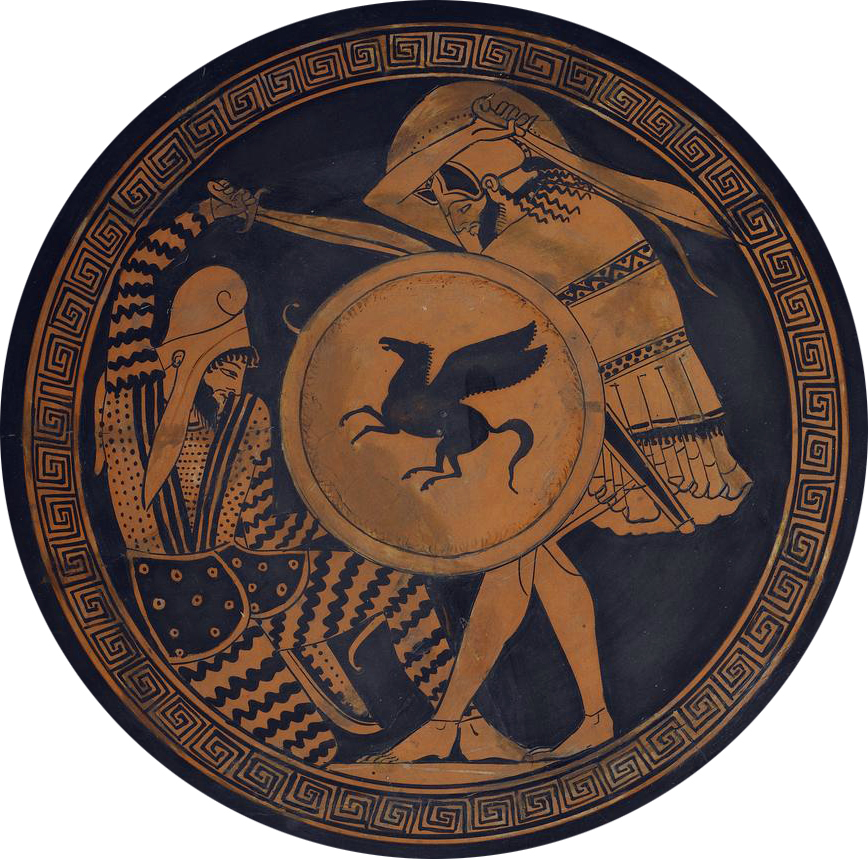
Economic sanctions as hard power diplomacy
An example of hard power diplomacy in action is the United States’ use of economic sanctions to pressure other countries to comply with its demands. For instance, the US has imposed economic sanctions on Iran to force it to abandon its nuclear programme. While these sanctions have had some success in limiting Iran’s access to international markets, they have also led to significant economic hardship for the Iranian people.
Another example of hard power diplomacy is the use of military force to achieve political objectives. The US-led invasion of Iraq in 2003, for instance, was a controversial example of this approach. While the invasion succeeded in toppling Saddam Hussein’s regime, it also led to years of instability and violence in the region.
Small states, such as Estonia, have found soft power to be a useful tool in building alliances and gaining influence. An international relations theory of “smart small state” diplomacy proposed by Henrikson and Bailes (2013) in their book “Smart Diplomacy: Exploring the Intersection between International Relations, Diplomacy and Information” argues that small states can maximise their influence and achieve their objectives by leveraging their strengths, such as flexibility, creativity and innovation, and by adopting a strategic, proactive, and network-oriented diplomatic approach.

Lennart Meri used a “ping-pong diplomacy”
Indeed, the late Estonian president, Lennart Meri, emphasised the importance of cultural exchange in building ties between Estonia and other nations – his approach to diplomacy was largely based on soft power. Meri, who was the president from 1992 to 2001, believed Estonia could best advance its interests by building partnerships with other countries and promoting cultural exchange and dialogue.
For example, with Finland, Meri used a “ping-pong diplomacy”. He was an avid table tennis player and often used matches with Finnish officials to build personal relationships and foster closer ties between the two countries.
In 1995, Meri proposed the idea of the Estonian Song and Dance Festival as an international event, inviting choirs and folk-dance groups from all over the world to perform in Estonia. The event was a huge success, and it helped promote Estonia’s cultural heritage on the world stage.
Meri was also instrumental in promoting Estonia as an investment destination in the West. In 1994, he made a high-profile visit to the US, where he met with business leaders and politicians, including the American president, Bill Clinton. He also travelled to Asia to promote Estonian exports.
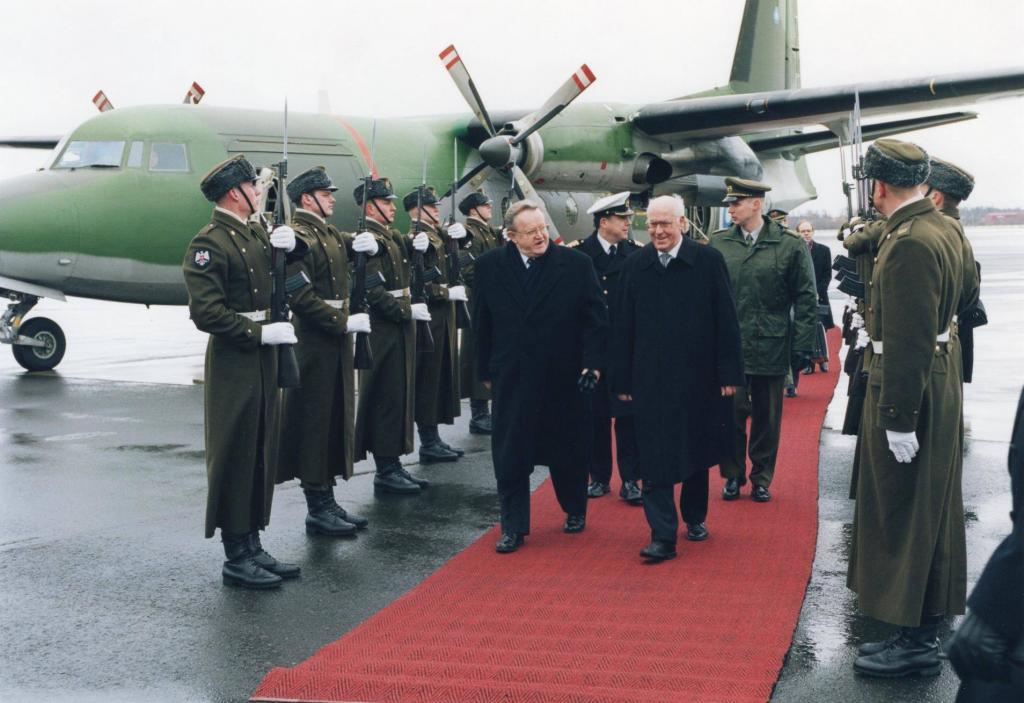
Although it is difficult to make a direct comparison between the two presidents as they served during different times and faced different foreign policy challenges, in comparison with Lennart Meri, Toomas Hendrik Ilves (the Estonian president from 2006-2016) is generally considered to have been more focused on security and defence issues, particularly during his second term in office from 2011 to 2016.
Ilves played an active role in promoting cybersecurity and countering Russian aggression in the region. He called using tools such as economic pressure and military alliances to protect Estonia’s security and promote its interests, particularly in the face of Russian aggression and cyber-attacks.
In 2007, Estonia faced a cyber-attack that targeted government and media websites. President Ilves worked to build international support and pressure on Russia, which was suspected of being behind the attack. He made numerous public statements condemning the attack and calling for a united response from NATO and the European Union.
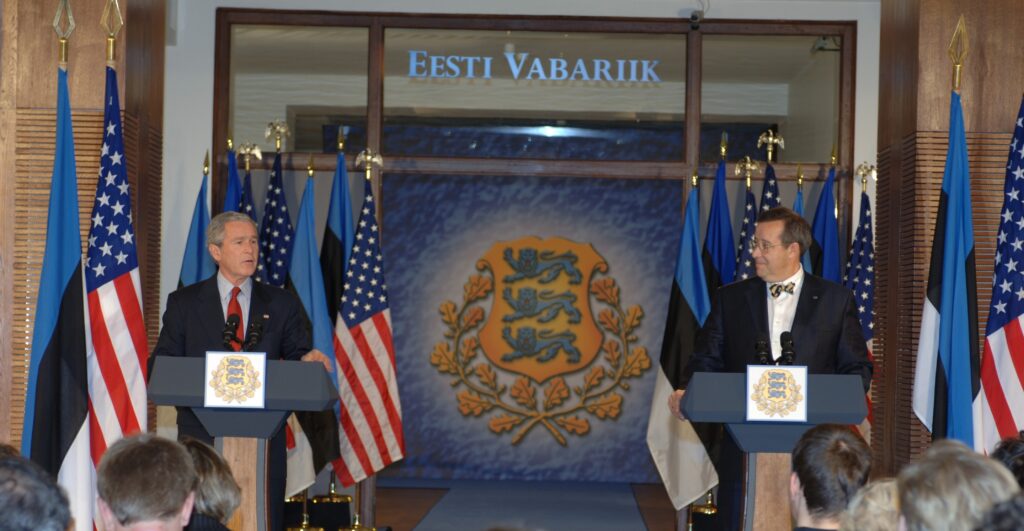
Soft power diplomacy more beneficial for Estonia
For small states such as Estonia, soft power may be a more effective means of building alliances and gaining influence, but hard power is also necessary to protect the nation’s security and sovereignty. As a member of NATO, Estonia also contributes to the alliance through military actions such as its participation in NATO missions and exercises.
In Estonia’s case, given its small size and location, soft power diplomacy may be more beneficial. Estonia has a unique culture, including its folk songs, which have been recognised by UNESCO as an Intangible Cultural Heritage of Humanity. By promoting and sharing its cultural heritage, Estonia can build a positive image abroad and strengthen its relationships with other countries.
Additionally, Estonia has been successful in building a digital society, making it a leader in digital governance and cybersecurity. By sharing its expertise and collaborating with other countries in these fields, Estonia can promote its values and increase its influence globally through soft power diplomacy.
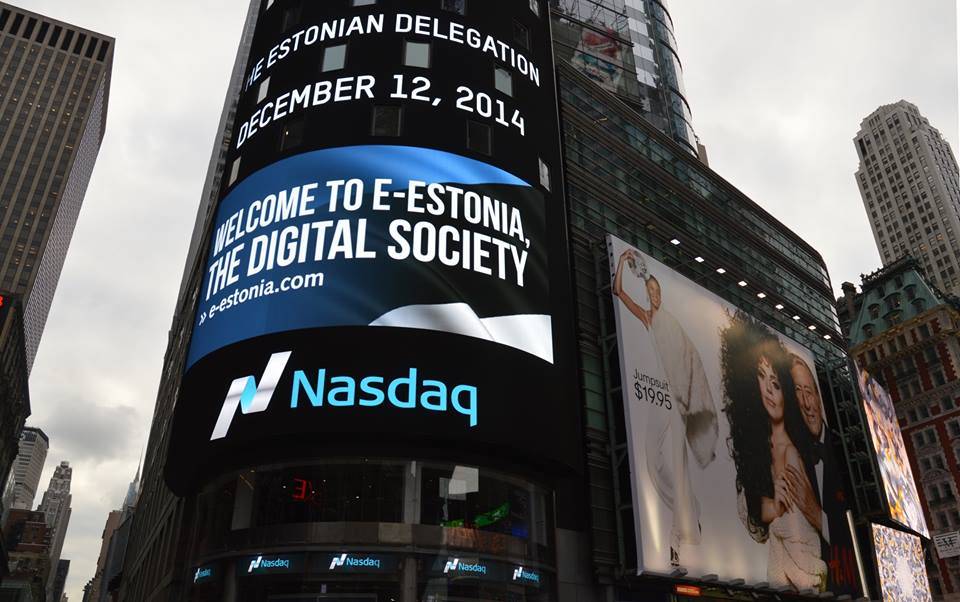
On the other hand, while soft diplomacy can be an effective tool in international relations, relying solely on it may not be sufficient for Estonia to protect its interests and maintain its security.
To add to the argument, diplomacy is based on negotiation and compromise through dialogue, discussions and other forms of communication. Effective diplomacy requires understanding and respecting the cultural and political differences of other countries, as well as finding common ground to promote cooperation and collaboration. While this ideal scenario would be optimal, it is not always feasible in the real world. Consequently, a combination of soft and hard power diplomatic tactics is necessary to achieve the desired outcomes.

